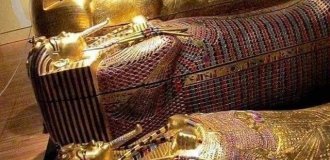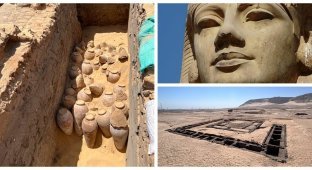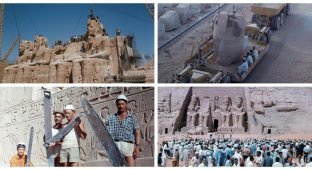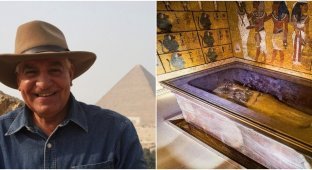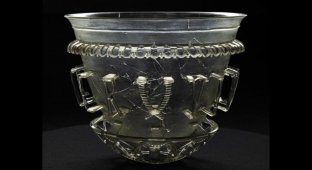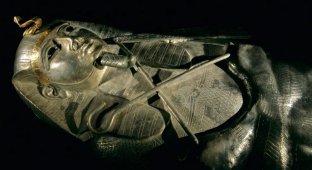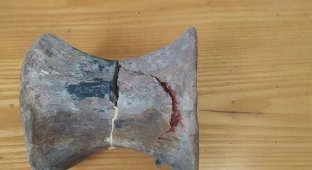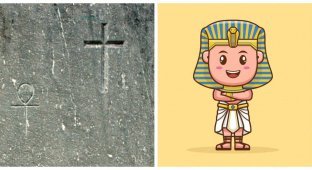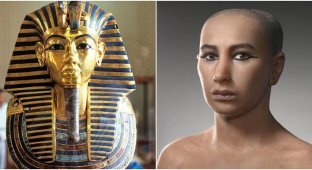After 3000 years, the sarcophagus of Ramesses II was found (6 photos)
A sarcophagus that belonged to ancient Egypt's most powerful pharaoh was hidden under the floor of the temple complex at Abydos. 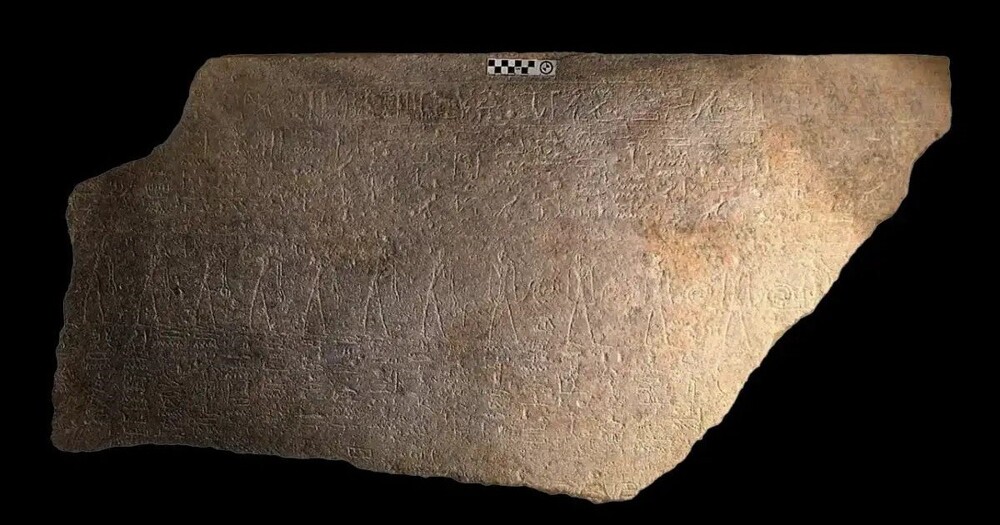
Archaeologists have re-examined the mysterious granite sarcophagus found in Abydos
Initially, the remains of the high priest were found in the sarcophagus, but experts came to the conclusion that the burial site was used twice.
Egyptologist Frederic Pairaudo, a lecturer and researcher at the Sorbonne University in France, studied a granite fragment of a sarcophagus discovered in Abydos in 2009. He discovered a cartouche (symbol of power) of Ramesses II and an engraving of the Book of Gates - a funeral text. 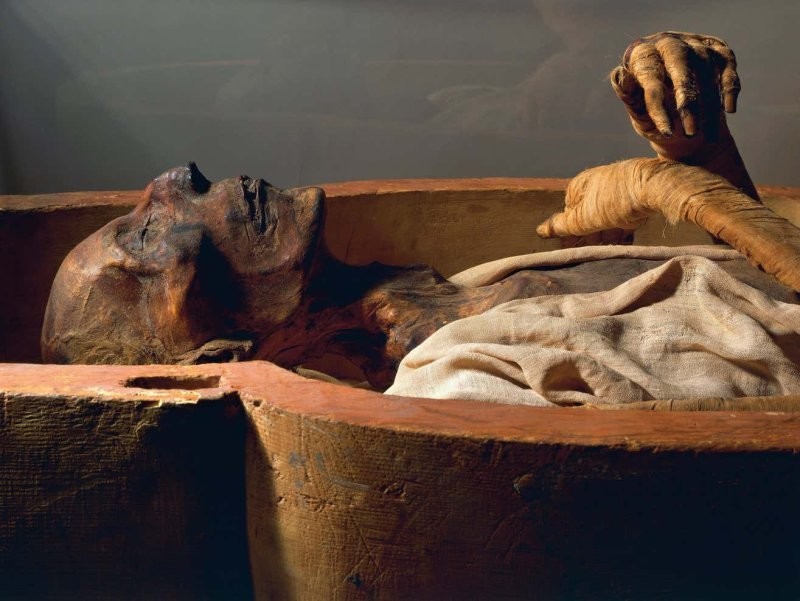
The pharaoh's mummy was discovered in 1818 in the cache of Deir el-Bahri
"The cartouche contains the coronation name of Ramesses II, but it was hidden due to the condition of the stone and a second engraving added for the priest," says Pairaudo. 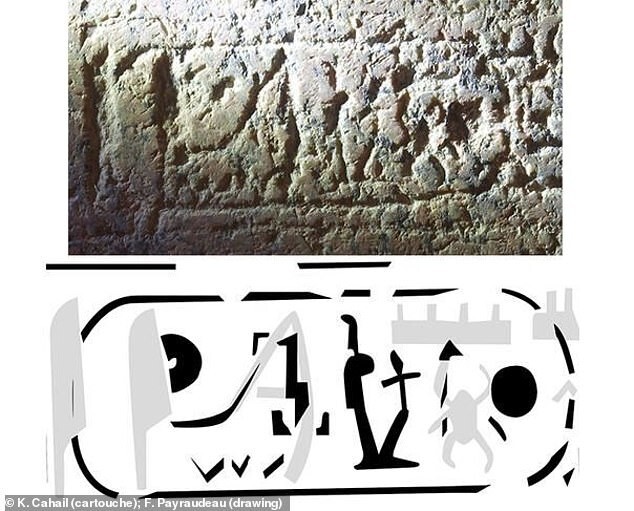
The coronation name of Ramesses II was engraved on the engravings. 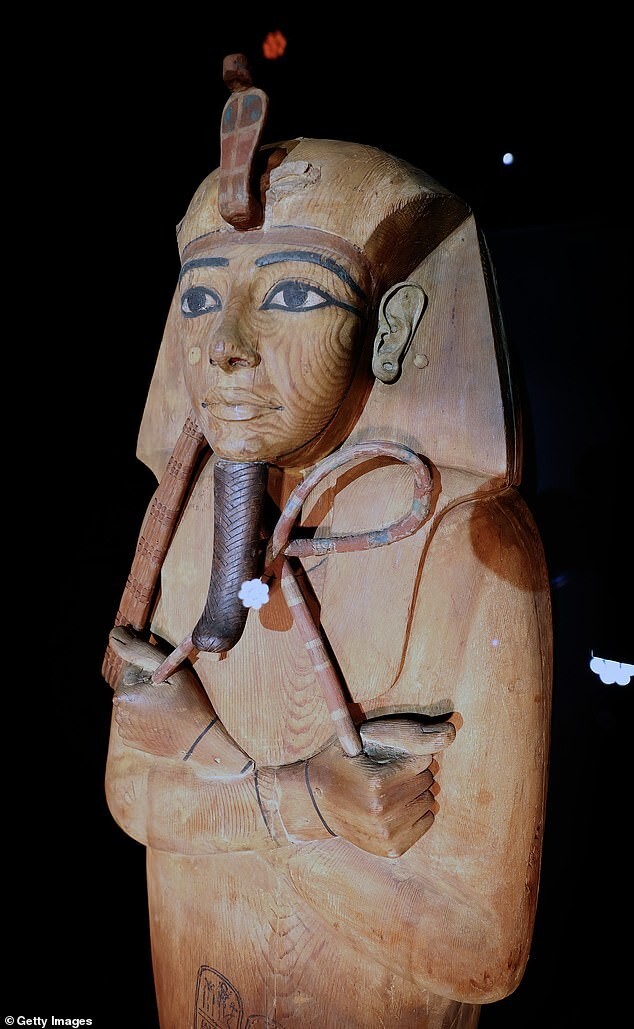
Ramesses II is famous for erecting colossal statues of himself
The pharaoh's body was buried several times in ancient times due to grave robbers.
Archaeologists have long known that Ramesses II was buried in a golden coffin, but it was stolen. The ruler's body was placed in two sarcophagi - made of alabaster and granite. 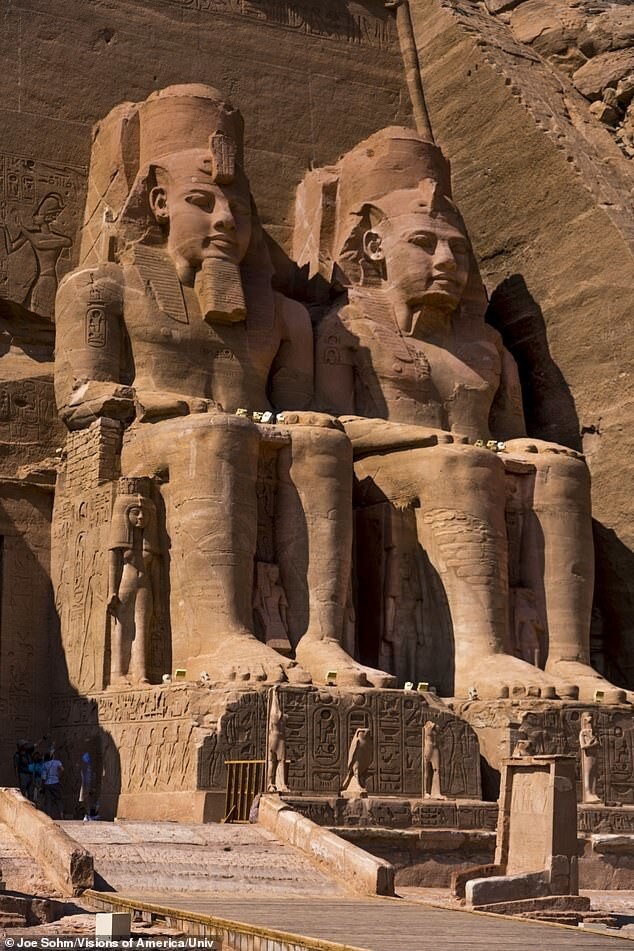
Ramesses II was the most powerful and famous ruler of Ancient Egypt. He led several military campaigns and expanded the empire, which stretched from Syria in the east to Nubia in the south.
During the reign of Ramesses II (1279 to 1213 BC), famous statues and buildings were erected, marking the final peak of Egypt's imperial power. 
Scientists from Egypt and England have recreated the face of Ramesses II in 2022






